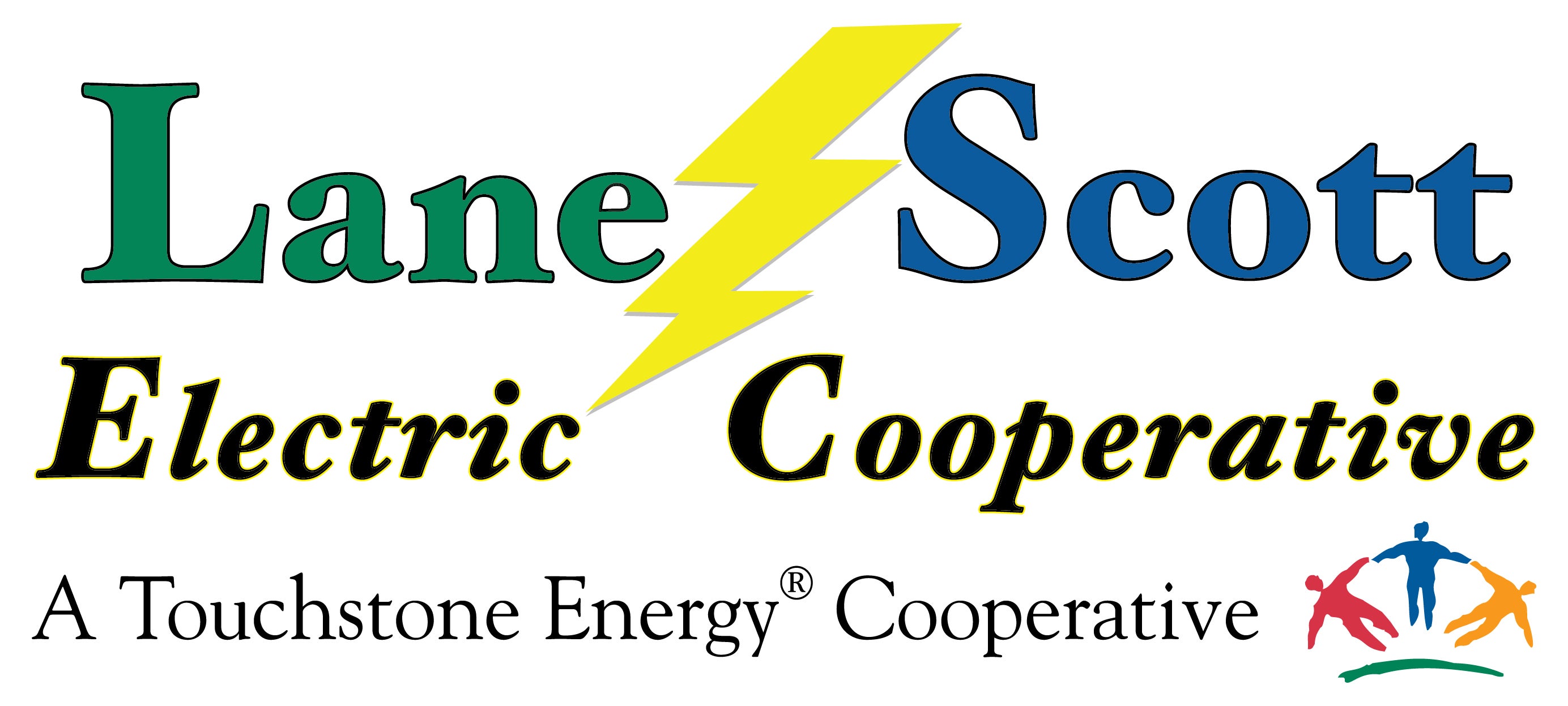An ancient is credited with saying, “The only thing constant is change.” He was on to something because whether we like it or not, things change. Time goes by, technology changes, and costs always seem to be increasing.
Non-profit electric cooperatives, like Lane-Scott Electric Cooperative must keep a close eye on the costs of providing electric services as well as the prices that we charge for that service to assure that no one is over-charged for electricity. We do this through a study known as a Cost-of-Service Study (COSS). It is normal for an electric Cooperative to conduct a COSS every 3 to 5 years to evaluate costs and inflationary impacts and to assure that prices charged for service cover are reasonable and cover those costs.
The Lane-Scott Electric Cooperative last evaluated these costs in 2015 and implemented a rate revision in January 2016. According to the U. S. Bureau of Labor Statistics CPI Inflation Calculator, if a piece of utility equipment cost $100.00 in January 2016, it would cost $115.47 in August 2021. That can be interpreted as costs increasing roughly 15.47% or at about 2.58% inflation per year. That means that it’s time to study these costs again.
Your Cooperative is currently undergoing the process of reviewing our current electric rate structure. The Board of Trustees has hired Guernsey of Oklahoma City, OK to conduct the COSS. They have over 90 years’ experience in consulting to hundreds of municipalities and electric cooperatives across the United States.
The basic rate setting process is illustrated on page 16B and detailed below. It is important to remember that the Lane-Scott member-elected board approves rates, policies, forecasts, and budgets.
- The board continually monitors the financial health of the co-op.
- Periodically, the board engages a rate consultant to perform a cost-of-service study.
- A consultant prepares the rate study and makes recommendations to the Board.
- If a rate adjustment is necessary, the Cooperative provides notice to the membership.
- Lane-Scott will have an open comments period and an information meeting for members.
- The board then discusses and votes upon rate changes in the meeting open to the membership.
- New rates are implemented.
Cost Drivers in Developing Appropriate Rate Structures
It’s important to first understand what expenses flow into your electric bill.
- The Cost of Purchased Power: These costs account for about 60% of your monthly bill and are passed directly to members without any “mark-up”. A portion of this cost is “embedded” in the kWh charges and the balance shows up as the ECA adjustment. Purchased Power costs include:
- Generation and Transmission delivery costs
- Fuel costs such as coal, natural gas, solar, wind, or hydro
The remining 40% of the billing covers the LSEC expense of delivering and accounting for power and maintaining the utility infrastructure. These include:
- Distribution Expenses - Operation and Maintenance:
- Substations
- Power lines
- Transformers, regulators, capacitors, and meters
- Equipment and Supplies
- Accounting and Administrative costs such as:
- Consumer accounts expense/billing fees
- Bad debts
- Interest on loans
- Employee training, wages, insurance, and benefits
- LSEC utility bills
- Governmental expenses such as:
- Regulatory expenses
- Property taxes
- Franchise fees and taxes
People not familiar with the electric industry often don’t realize the revenue generated per meter in comparison to the amount of infrastructure required to deliver electricity to that member. Cooperatives typically serve some of the most sparsely populated areas of the nation. In Lane-Scott’s service territory, there is 2,044 miles of distribution line serving roughly 2,600 members with around 6,000 meters in use. On average that breaks down to only 2.9 meters per mile of line and about $54 million in utility plant. This means that compared to an average city, there are fewer meters over which to spread those infrastructure costs. Also, our members use electricity differently.
A home will use most of its power between 6 and 8 am and from 5 to 7pm as people get ready for work and dinner. Businesses and schools will use most of their power during the day, while oil wells will pump consistently all day and night. Wholesale electricity prices vary by the hour with higher prices during higher demand times.
Cost-of-service studies evaluate the equitability of each rate class and bundles different classes and subclasses, usage patterns, and services to maximize the efficiency of power purchases. It is important that our rates are designed to ensure one rate class is not overly burdened by costs that should be attributed to a different rate class. Everyone shares the total load while only paying for their fair share.
It is important to remember our local board of trustees govern the cooperative. They are members who pay the same rates for electricity as all our members. They are here to represent the member’s interest, ensure rates are set appropriately and fairly, and ensure Lane-Scott Electric operates at a level to serve all our members.
Lane-Scott will continue to update you with information on our cost-of-service study and the open meeting notice for when the Board of Trustees will consider action on the proposed rate adjustments in the Kansas Country Living Magazine.
